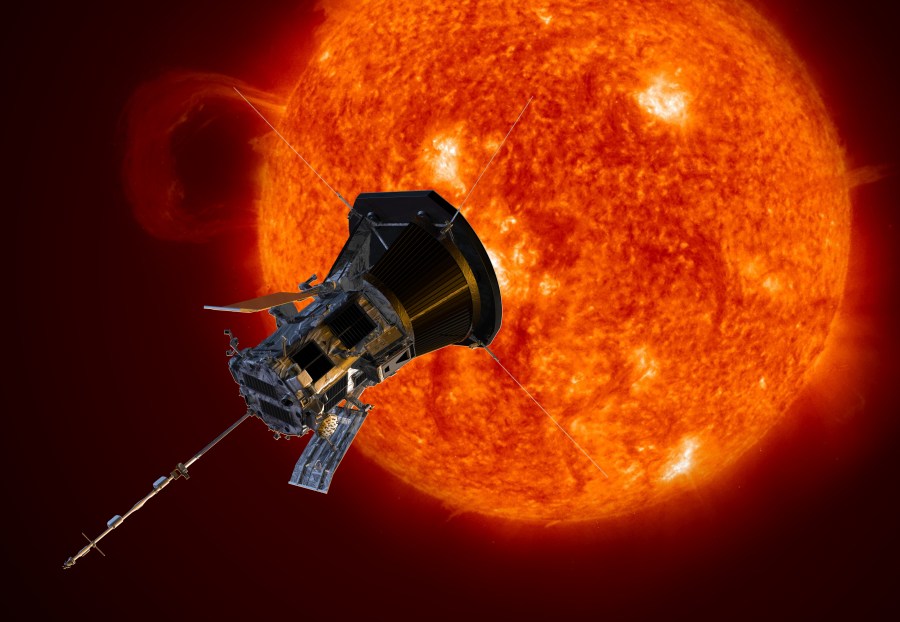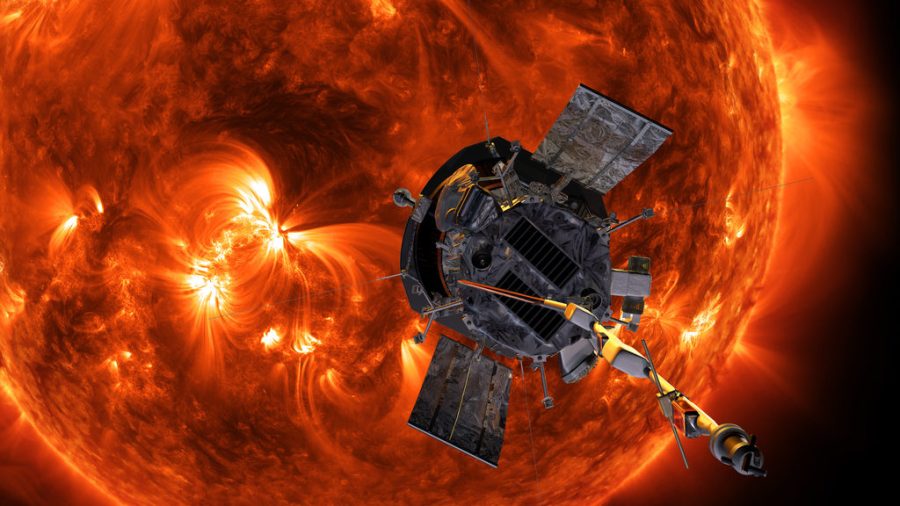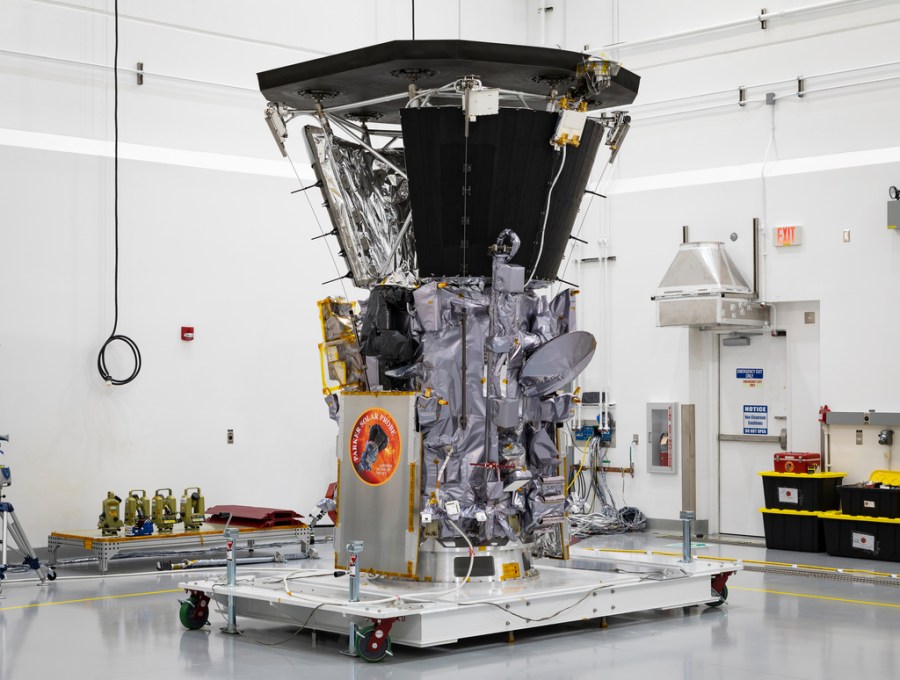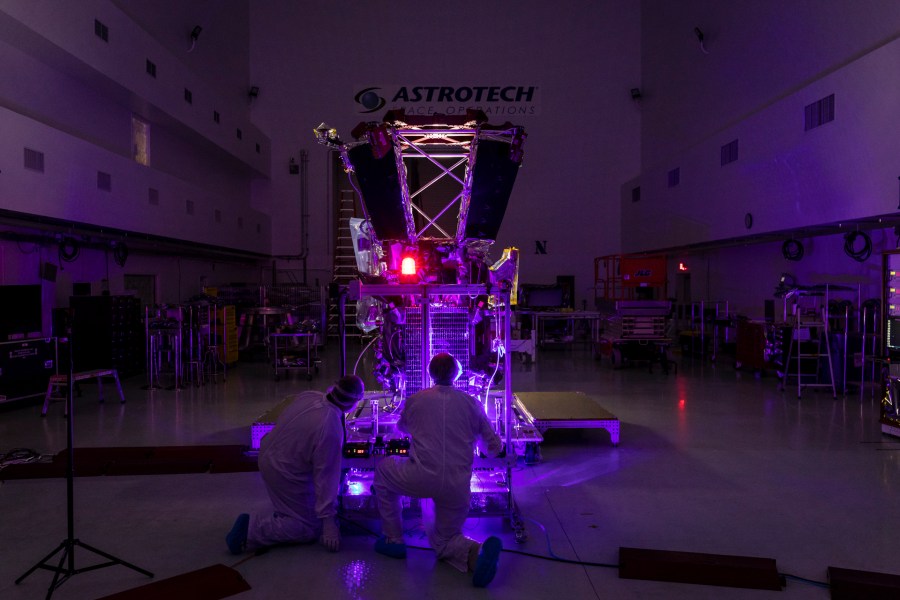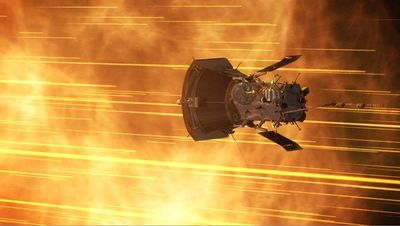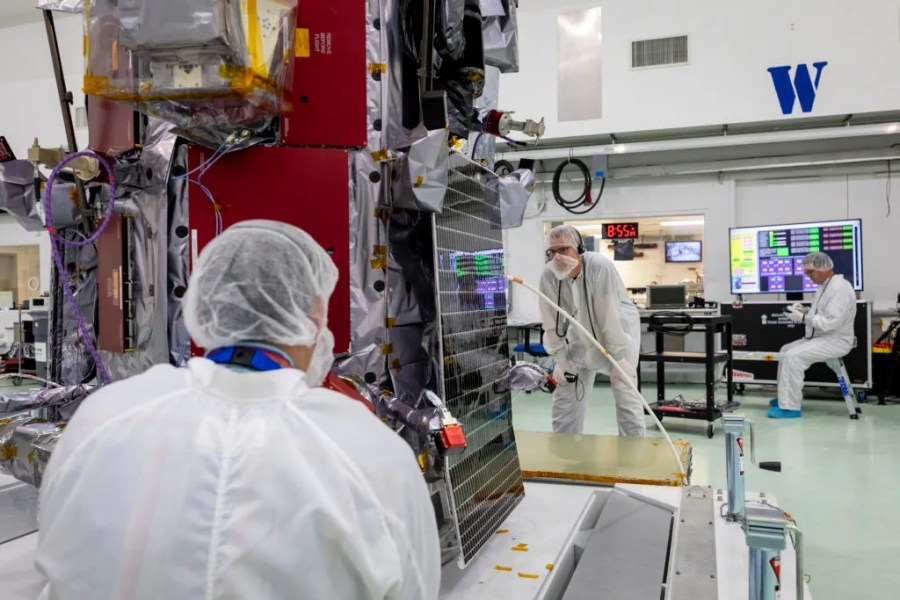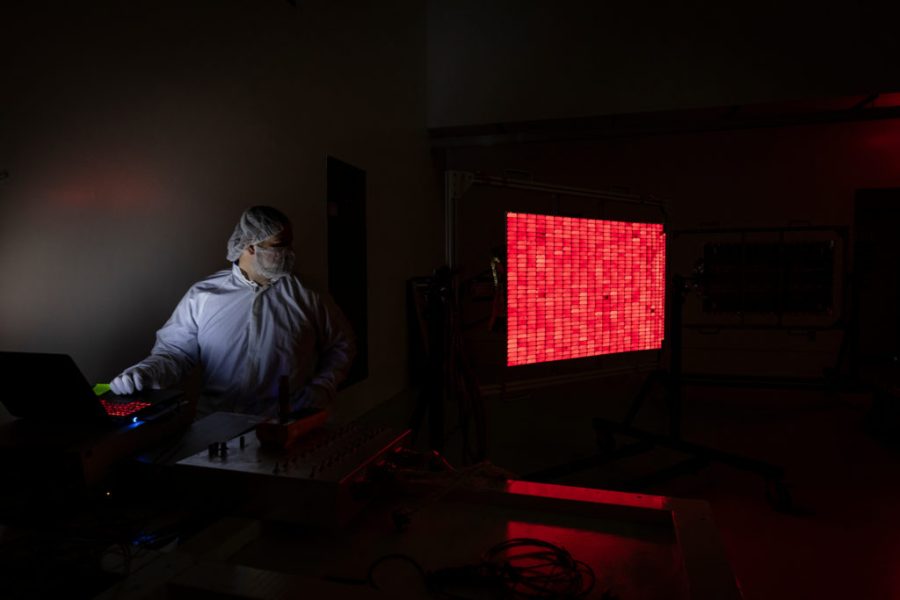NASA and its mission partners have analyzed and approved an extended launch window for Parker Solar Probe until Aug. 23, 2018 (previously Aug. 19). The spacecraft is scheduled to launch no earlier than Aug. 11, 2018, at 3:48 a.m. with a window of 45 minutes.
Parker Solar Probe Launch Window Extended to August 23


























